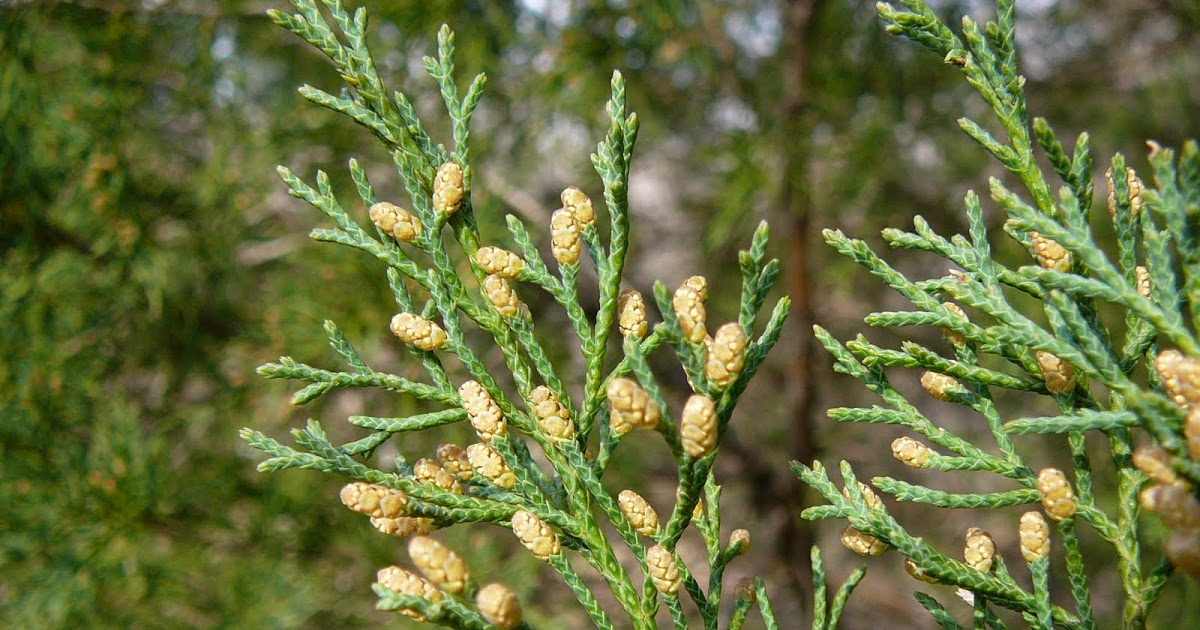Common Triggers Of Allergy Symptoms
If you have ever suffered an allergic reaction or deal with allergies on a regular basis, you know how frustrating the symptoms can be. There are times when certain allergens can be avoided, but sometimes those triggers are in the air, on the ground, and all around us. It can be difficult to identify specific allergy triggers, but one way is to track your reactions. Recording when and where they occur can unlock some answers and help you manage the symptoms or find treatment options. The following are a list of common triggers of allergy symptoms and where they are found.
Tree Pollen

Tree pollen counts are at their peak in the spring. Individuals with allergies to tree pollen usually experience seasonal symptoms in April and May. Trees, such as ash, alder, birch, box-elder, cedar, elm, maple, mulberry, oak, and walnut produce large amounts of pollen that become airborne. Trees rely on the wind to transport the pollen, which is easily trapped in the eyes, nose, and ears. In warmer climates, the season is longer because pollination starts earlier, but those in areas of high rainfall are likely to experience less frequent allergy symptoms because the moist air keeps pollen at bay.
Next, learn how grass pollen can trigger an allergic reaction.
Grass Pollen

Grass pollen allergies have similar symptoms as other outdoor pollen triggers, including sneezing, nasal congestion, and itchy, watery eyes. More extreme cases bring on hives and even life-threatening anaphylaxis upon contact with grass pollen. Mainly out in force in the early summer months, grass pollen can be difficult to avoid if you are outdoors, but it is recommended to stay indoors on high pollen count days. Stay away from mowing the lawn, and if you have someone to do it for you, make sure it is kept short. Choices of remedies include antihistamines, sublingual tablets, and nasal corticosteroid.
Understand how weed pollen can trigger allergies now.
